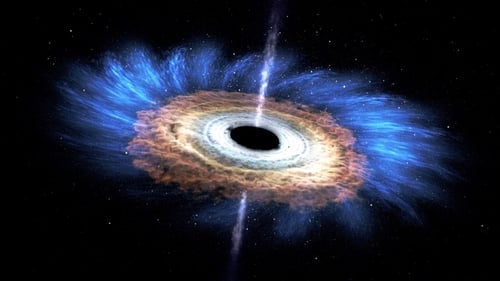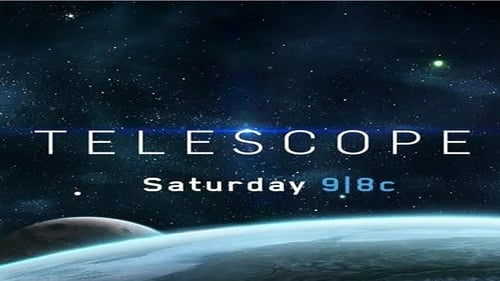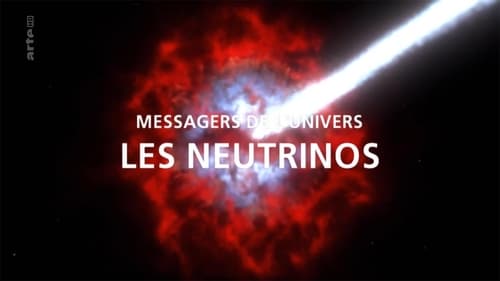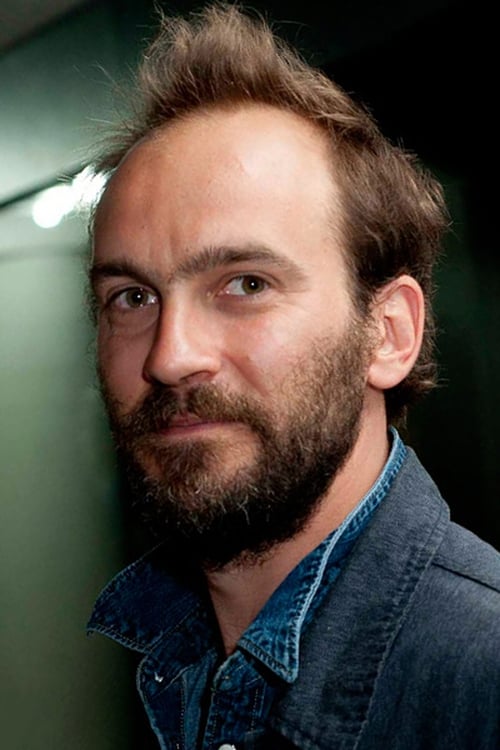Cielo (2017)
Género : Documental
Tiempo de ejecución : 2H 0M
Director : Alison McAlpine
Sinopsis
La primera película de Alison McAlpine es un diálogo con los cielos, en este caso, los cielos sobre los Andes y el desierto de Atacama en el norte de Chile, donde se posa en los astrónomos, pescadores, mineros y cowboys que viven en el desierto. vive sus vidas con reverencia y admiración por los cielos

Passage de Venus es una serie de fotografías de la transición de Venus a través del Sol, capturado en 1874

En el desierto Atacama de Chile, los astrónomos miran profundamente en el cosmos en busca de respuestas sobre el origen de la vida. Cerca de allí, un grupo de mujeres tamizan a través de la arena en busca de partes del cuerpo de los seres queridos.

A true historical drama about King Sejong, the greatest ruler in Joseon history who sought to enhance national prosperity and military power through astronomy, and Jang Yeong-sil, the most remarkable scientist.

TimeScapes es un documental filmado por el reconocido astrfotógrafo Tom Lowe, la película que te muestra increíbles paisajes, fue filmado en el suroeste de Estados Unidos, con una cámara Canon y la Red Epic. La película se ha vuelto famosa en internet porque es el primer film en resolución 4K (4096 x 2304) que es cuatro veces más que la hoy conocida 1080p.

THE CITY DARK is a feature documentary about the loss of night. After moving to NYC from rural Maine, filmmaker Ian Cheney asks a simple question - do we need the stars? - taking him from Brooklyn to Mauna Kea, Paris, and beyond. Exploring the threat of killer asteroids in Hawaii, tracking hatching turtles along the Florida coast, and rescuing injured birds on Chicago streets, Cheney unravels the myriad implications of a globe glittering with lights - including increased breast cancer rates from exposure to light at night, and a generation of kids without a glimpse of the universe above. Featuring stunning astrophotography and a cast of eclectic scientists, THE CITY DARK is the definitive story of light pollution and the disappearing stars. Written by Wicked Delicate Films

This film tells the surprising story of how the Allegheny Observatory has been a world leader in the study of the stars since the 1860s. Self-educated, and often facing unrelenting hardships, the people associated with the Allegheny Observatory defied the odds to make enormous contributions to the founding of astrophysics and early aviation.

The people of the planet Aeon, blessed with six suns, have never experienced night. When an archeological excavation uncovers evidence of an ancient catastrophe, all signs point towards the impending darkness of the very first Nightfall. Panic erupts as the suns slowly disappear one by one. Science struggles against superstition as the people race to comprehend the approaching Nightfall... the end of the world as they know it. Based on Isaac Asimov's classic story "Nightfall," voted "The Greatest Science-Fiction Story OF All Time."

Nelly Sue Edelmeister, es la reina de las nerds. Es una excelente alumna de trece años de Berlín, fascinada por la astronomía, que tiene muy poca vida social, y una muy mala relación con su madre. Nelly vive con su padre alemán, un trompetista de jazz, y su madre judía-americana, cuyo objetivo es que Nelly pueda realizar su Bat Mitzva. Ella, sin entender nada de la vida judía, se siente presionada, y más atraída por los misterios del cosmos. Mantiene su fructífera vida interior, que aparecen en la película, en imágenes brillantes y música que animan a sus pensamientos y sueños.

A team of international scientists attempt to document the first-ever image of a black hole.

Orson Welles — with contributions from scientists George Wald, Carl Sagan, and others — examines the possibility and implications of extraterrestrial life. In examining our perceptions of alien 'martians' from his "War of the Worlds" broadcast, to then-modern explorations of Mars, this film from NASA provides a unique glimpse at life on earth, and elsewhere in the universe.

Four exceptional astronomers celebrate 50 years of work and friendship on a return road trip in the southwestern United States, recapturing youthful adventures and recounting each other's influences on the most exciting period in astronomy’s history. Roger the instrument-maker, Donald the theoretician, Nick the visionary, and Wal the observer. Together they represent the most productive period astronomy has ever had. They helped build the world’s biggest observatories and made revolutionary discoveries about the evolving universe, discoveries that have the power to change the way humanity sees itself. Alison Rose’s film is a funny, insightful, humbling and intimate portrait of friendship, as the men reflect on how their profound work on the universe has reflected back on the individual, affecting their sense of religious faith, how life may have purpose, and what is knowable and unknowable.

A history of the telescope and a look at the James Webb telescope, and at the universe through the eyes of scientists and telescopes since the beginning.

Shot on 16mm celluloid across parts of New Zealand and Samoa, interdisciplinary artist Sam Hamilton’s ten-part experimental magnum opus makes thought-provoking connections between life on Earth and the cosmos, and, ultimately, art and science. Structured around the ten most significant celestial bodies of the Milky Way, Apple Pie’s inquiry begins with the furthest point in our solar system, Pluto, as a lens back towards our home planet and the ‘mechanisms by which certain aspects of scientific knowledge are digested, appropriated and subsequently manifest within the general human complex’. Christopher Francis Schiel’s dry, functional narration brings a network of ideas about our existence into focus, while Hamilton’s visual tableaux, as an extension of his multifaceted practice, veer imaginatively between psychedelic imagery and performance art.

En una clase de astronomía, un viejo sabio presenta a un grupo de traviesos estudiantes un eclipse, a través de un arco ojival del laboratorio. Luego se produce un corte y las nubes dejan al descubierto un sol con rostro humano. Tal como había dibujado el profesor en la pizarra, la luna se desplaza hacia la órbita del sol. Lo curioso es que esta luna con cara de efebo regordete entra en el deliquio según se aproxima a la estrella; y el momento del encuentro se convierte en una especie de coyunda nada platónica de la que la luna sale totalmente satisfecha y el sol un tanto huraño.

This series also covers the essential concepts of astronomy: gravity, the light spectrum, Earth's magnetic field, the solar system, the sun, Kepler's Law, the universal law of gravitation, the Doppler Effect, and much more!

La primera película de Alison McAlpine es un diálogo con los cielos, en este caso, los cielos sobre los Andes y el desierto de Atacama en el norte de Chile, donde se posa en los astrónomos, pescadores, mineros y cowboys que viven en el desierto. vive sus vidas con reverencia y admiración por los cielos

How's it all gonna end? This experience takes us on a journey to the end of time, trillions of years into the future, to discover what the fate of our planet and our universe may ultimately be. We start in 2019 and travel exponentially through time, witnessing the future of Earth, the death of the sun, the end of all stars, proton decay, zombie galaxies, possible future civilizations, exploding black holes, the effects of dark energy, alternate universes, the final fate of the cosmos - to name a few.

En las cuevas existen pinturas rupestres y calendarios lunares y restos de cazadores prehistóricos estudiados recientemente. ¿Qué pasaría si el hombre prehistórico fuera lo suficientemente inteligente como para desarrollar un conocimiento científico profundo? Por improbable que parezca, los nuevos datos tienden a demostrar que el hombre prehistórico realmente inventó la astronomía.

A college football star falls for his mousy French tutor.

Es el nacimiento de la astronomía de neutrinos. Por primera vez, los astrofísicos han podido probar neutrinos fuera de la galaxia: "Ernie & Bert" han aterrizado en el hielo del Polo Sur. Los científicos han descubierto sus huellas con un detector gigantesco. Los neutrinos son las partículas elementales más comunes y las más misteriosas. Debido a que estas partículas son invisibles para nosotros, casi no tienen masa, no están cargadas y rara vez interactúan con otra materia. Pero para los científicos, cada uno de los pequeños neutrinos es un mensajero potencial que lleva información directa sobre su lugar de origen en el espacio.
















